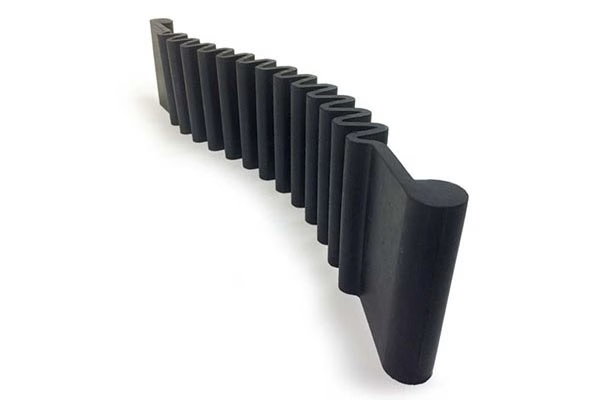In creating a product made from silicone rubber, you will find that there are plenty of silicon molding techniques to choose from. It is hard to choose which method to use when you are not familiar with the benefits of each process. There are two common types that we are familiar with: compression molding and liquid silicone injection molding.
As you look for the methods and materials for your next project, you may have frequently encountered silicone rubber molding. It comes as no surprise because silicone molding provides a fast, efficient production run whether in medium or high quantities. It also delivers products with a wide range of material properties required by various industries.
What is Silicone Molding?
In general, silicone molding works in the same way as other molding processes. The mold is made with cavities in the shape of the product or the part designed. To create the product, the material is introduced in the cavity and waits for it to set.

Compression molding part
LIM Silicone Molding
The most recent technology in silicone molding is Liquid Silicone Injection Molding or LIM. This process uses liquid silicone rubber which has the consistency of corn syrup and is supplied in drums. It needs platinum as a catalyst. There are different subcategories and other technologies involved in LIM molding. It includes overmolding, micromolding, and two-shot molding.
- Overmolding: In this process, the silicone is molded over or into the substrate like thermoplastic, titanium, or silicone tube. During production, the first component is placed in the silicone mold. Then, the silicone is molded into the initial component resulting in an overmolded part.
- Two-Shot Silicone-Thermoplastic Molding: The process is the same as combining silicone and thermoplastic materials. However, the difference lies in the two-shot molding that is simultaneously done. The initial component (thermoplastic) is molded on the other half of the mold while the other half of the process is overmolding of silicone on the previously molded thermoplastic. Upon opening of the mold, the overmolded thermoplastic is transferred to the silicone overmold part of the tool.
- Micromolding: This process is very much in demand in the medical device component sector as the requirements of this industry is getting smaller. This category requires highly precise tooling, the right press, robotics, and silicone material with very low mass.
Benefits of LIM
Liquid injection molding of silicone rubber is suitable for parts that have complex geometries. The high viscosity of the silicone material helps it to fill the cavity of the mold. It also has very tight tolerances and is done in a closed system, making it ideal for food and medical-grade products.
Compression Silicone Molding
Another type of silicone molding is compression silicone molding. In this process, the mold is heated, and the solid rubber sheet is placed in the two halves. While the mold is heating, the rubber is melted and fills the cavity taking the shape of the designed part.
Benefits of Compression Silicone Molding
The compression silicone molding is a lot simpler than LIM. Thus, it has a better cost yield benefit both in the creation of the mold and the production process.
Why Should You Choose Silicone Molding?
When it comes to versatility, cost, and speed you can rely on silicone molding. This is a better option in high-volume production runs. It also uses an easily accessible material with a wide range of properties that are suitable for many applications.
